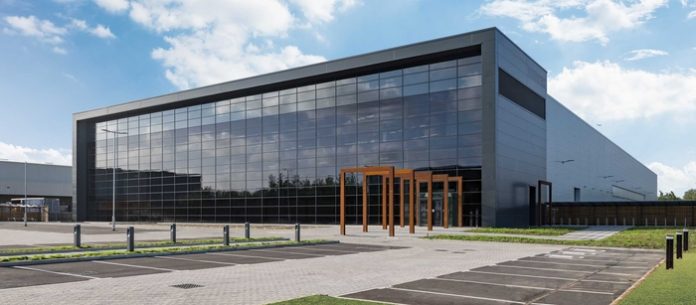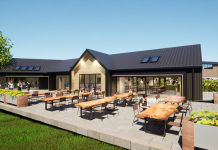According to Savills, take up of industrial space in Oxfordshire hit 1.6 million sq ft (148,644 sq m) in 2020, a record year for the region and a 113% increase on the long term average. This can be attributed to a significant increase in demand, particularly from online retailers who accounted for 70% of all market transactions.
Savills notes that most activity took place in Bicester, Banbury and Abingdon, followed by Didcot, Witney and Thame. Key deals included two transactions of 60,000 sq ft (5,574 sq m) and 163,664 sq ft (15,204 sq m) at Symmetry Park Bicester to DPD and Ocado respectively, whilst 3PL Great Bear took 333,760 sq ft (31,007 sq m) at Central M40 in Banbury.
Locally there has also been an increase in appetite from technology and life science companies looking for good quality industrial space. Accounting for 15% of take-up last year, firm’s including Arrival, the electric vehicle developer, took 168,000 sq ft (15,607 sq m) at Link 9 in Bicester, whilst life science occupier The Native Antigen Company agreed to 50,000 sq ft (4,645 sq m) at Oxford Technology Park. Savills has seen premium rents of up to £15 per sq ft (£161 per sq m) being paid for high specification units that can accommodate these types of businesses.
As a result of strong transactional activity there has been downward pressure on supply, meaning that there is now less than 0.4 million sq ft (37,161 aq m) of Grade A space currently available in the region. This will see recently completed schemes and those that can be delivered within the next 12-18 months benefit from ongoing demand. Examples include; Savills IM’s Didcot Quarter totalling 310,000 sq ft (28,799 sq m) across two units, which has already reached PC as well as Westhall Estates scheme at Thame on the M40 corridor which totals 180,000 sq ft (16,722 sq m) and will be delivered mid-2022.
Jan Losch, associate director in the business space team at Savills Oxford, comments: “The Oxon region saw exceptional take-up in 2020, surpassing both last year’s figure and the long term average. In line with the rest of the UK, demand remains high from occupiers looking for good quality, modern accommodation and those who chose to build speculatively will benefit from favourable market dynamics.”




















